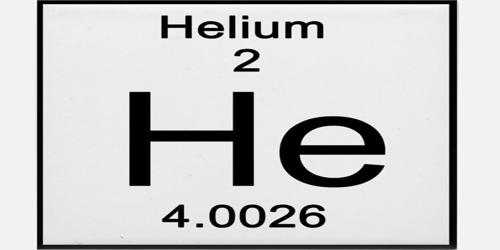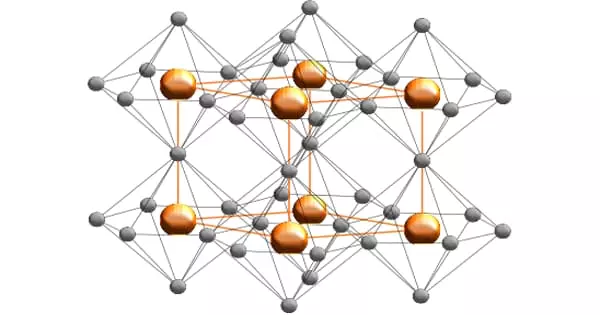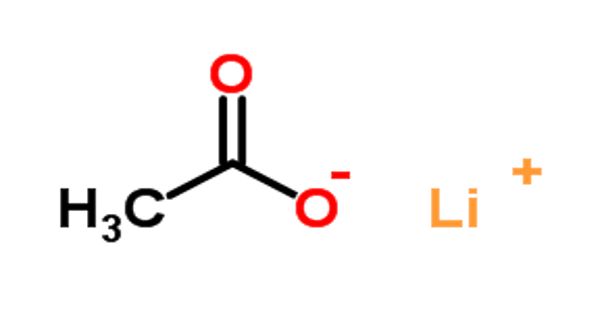Helium (He) is a chemical element, inert gas of Group 18 (noble gases) of the periodic table. The noble gases are the elements in Group 18 (VIIIA) of the periodic table. It is a chemical element with the symbol He and atomic number 2. It is a colorless, odorless, tasteless, non-toxic, inert, monatomic gas, the first in the noble gas group in the periodic table. Its boiling point is the lowest among all the elements. It is the only element that cannot be solidified by sufficient cooling at normal atmospheric pressure; it is necessary to apply pressure of 25 atmospheres at a temperature of 1 K (−272 °C, or −458 °F) to convert it to its solid form. It is probably impossible to estimate the amount of helium in the Earth’s crust. The gas is produced when uranium and other radioactive elements break down. But it often escapes into the atmosphere almost immediately.
Helium is the second lightest and second most abundant element in the observable universe (hydrogen is the lightest and most abundant). It constitutes about 23 percent of the mass of the universe and is thus second in abundance to hydrogen in the cosmos. It is present at about 24% of the total elemental mass, which is more than 12 times the mass of all the heavier elements combined. The freezing point of helium is -272.2°C (-458.0°F). Helium is the only gas that cannot be made into a solid simply by lowering the temperature. It has some interesting and unusual physical properties. For example, at very low temperatures it can become superfluid.
- atomic number – 2
- atomic weight – 4.0026
- melting point – none
- boiling point −268.9 °C (−452 °F)
- density – (1 atm, 0 °C) 0.1785 gram/litre
- oxidation state – 0
Helium was discovered in the gaseous atmosphere surrounding the Sun by the French astronomer Pierre Janssen. He found proof that a new element existed in the Sun. He called the element helium. Helium is named for the Greek Titan of the Sun, Helios. It was first detected as an unknown, yellow spectral line signature in sunlight, during a solar eclipse in 1868 by Georges Rayet, Captain C. T. Haig, Norman R. Pogson, and Lieutenant John Herschel, and was subsequently confirmed by a French astronomer, Jules Janssen.
Uses
The primary use of Helium goes in altitudes research and meteorological balloons. Liquid helium is used in cryogenics (its largest single use, absorbing about a quarter of production), particularly in the cooling of superconducting magnets, with the main commercial application being in MRI scanners. It is utilized as an inert protective gas in autogenous welding.
Helium’s other industrial uses—as a pressurizing and purge gas, as a protective atmosphere for arc welding, and in processes such as growing crystals to make silicon wafers—account for half of the gas produced. It is also used in the production of germanium crystals and silicon crystals. This element is also used in gas chromatography as a carrier gas. A well-known but minor use is as a lifting gas in balloons and airships.
















